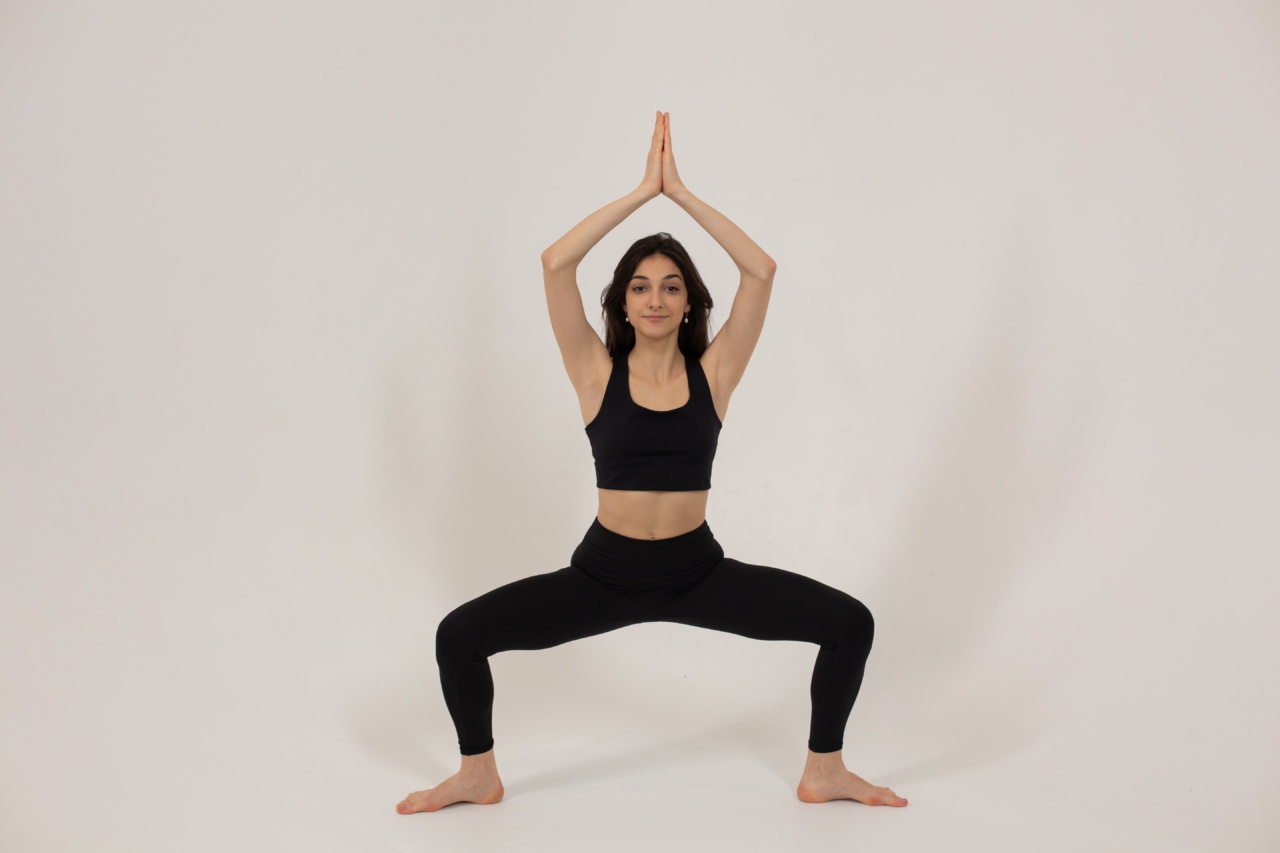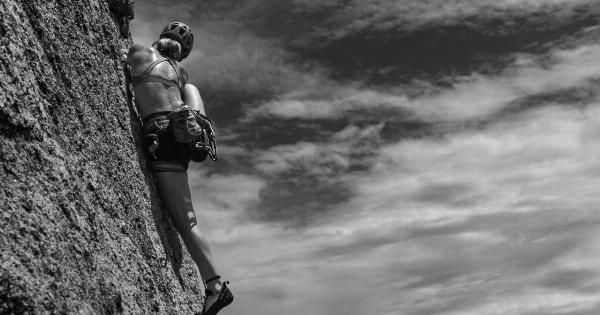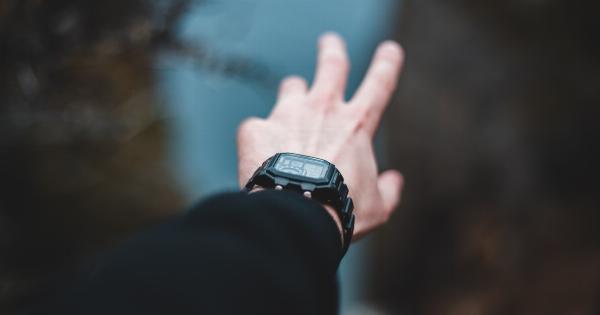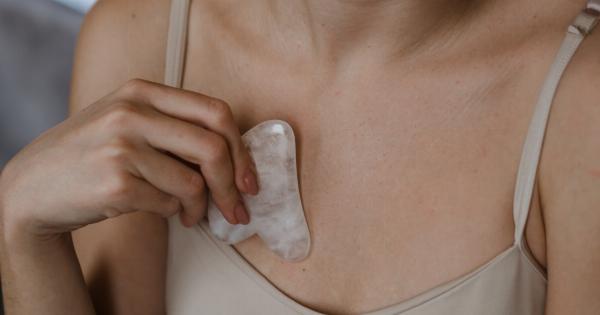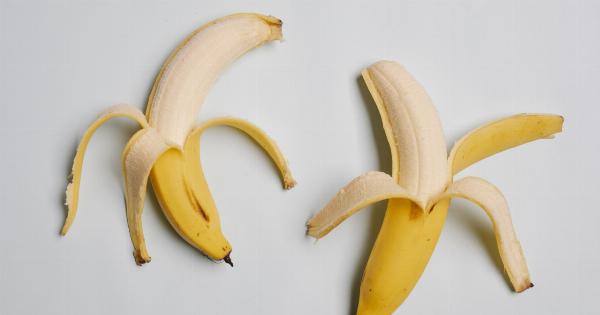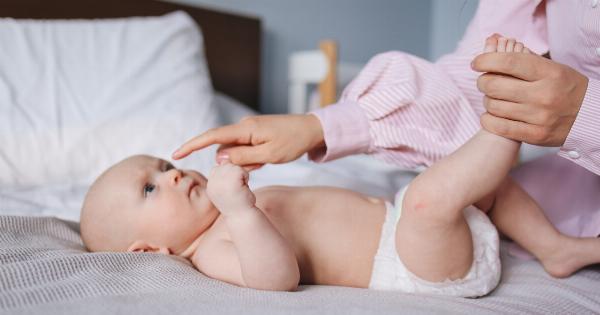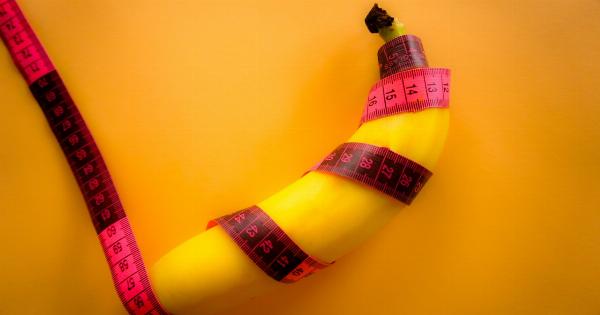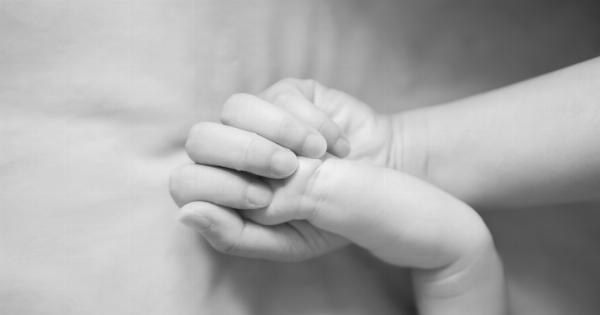For centuries, the beauty standards for women have been evolving and in constant flux. These standards are often influenced by societal norms, cultural practices, and even the media.
However, one thing that has remained a constant throughout history is the admiration and glorification of goddesses.
From Aphrodite to Athena and Hera to Hestia, ancient goddesses were often depicted as physically perfect beings, with curvaceous bodies and an aura of ethereal beauty that enthralled men and women alike.
Even today, the concept of an ideal female body continues to be associated with the qualities that are synonymous with goddesses.
The Greek Ideal of Female Beauty
The ancient Greek civilization epitomized the beauty standards of their time, and artists often portrayed women in a way that was deemed ideal by their society.
In the context of beauty, Greek women were encouraged to have a well-proportioned figure, with a small waist and broad hips that would suggest reproductive capabilities. They were also expected to have clear, unblemished skin, and a radiant complexion that would signify good health and vitality.
The Greek Goddesses were undoubtedly the epitome of this ideal. Aphrodite, the goddess of beauty, was often depicted in various artworks as having a curvaceous body, with ample bosom and shapely hips.
Hera, the goddess of marriage, was portrayed as tall, elegant, and slender. Athena, the goddess of wisdom and war, was depicted as athletic, muscular, and toned. Nevertheless, despite their many differences, ancient Greek goddesses were all revered and admired for their beauty and grace.
The Renaissance Era and Female Beauty Standards
The Renaissance era marked a shift in the beauty standards for women. The ideal woman’s body changed from the rotund, ample form of the late Middle Ages to the narrow-waisted, pear-shaped form typified by the famous Venus of Urbino by Titian.
Women were now supposed to be youthful, slender, and graceful, with a small waist, full breasts, and hips that flared outward.
Artists such as Leonardo da Vinci, Michelangelo, and Botticelli, celebrated the female form, and their paintings often depicted women as being soft, delicate, and ethereal.
The ideal female body was not overly muscular, it was feminine, with curves in all the right places. Additionally, beauty was no longer just about being physically appealing. It was now considered to be a reflection of the personality, virtues, and intellectual abilities of a woman.
The Ideal Female Body in the Modern Era
The beauty standards for women have been continually shifting over the years to accommodate new trends and societal changes.
In the 20th century, the rise of fashion magazines and the film industry cemented the idea of a ‘perfect’ body shape. The hourglass figure, with its small waist, curvy hips, and ample bosom, was deemed the most desirable body shape for women.
The rise of social media and the internet in the 21st century marked yet another shift in beauty standards for women. The ideal female body was no longer a fixed concept, and women were now encouraged to embrace their individuality and unique beauty.
There are now different beauty ideals for women, with the ‘bikini body,’ ‘fit and toned’ body, and ‘curvy’ body being some of the most popular.
The Goddess-Like Body for Women Today
Today, the ideal female body is still influenced by the qualities of a goddess – beauty, grace, and power. Building a goddess-like body requires embracing a healthy lifestyle that encompasses physical, mental, and emotional well-being.
Here are some tips for achieving a body that resembles that of a goddess:.
Eat a Balanced Diet
The first step in achieving a goddess-like body is to eat a balanced diet. This means consuming foods that are rich in nutrients, such as fruits, vegetables, lean protein, and whole grains.
Avoid foods that are high in sugar, salt, and unhealthy fats, as they can negatively impact your health and beauty. Additionally, stay hydrated by drinking plenty of water.
Exercise Regularly
Regular exercise is crucial to achieving a goddess-like body. This means engaging in regular cardiovascular exercise, such as running, cycling, or swimming, to burn calories and reduce body fat.
Strength training exercises, such as squats, lunges, and push-ups, can also help to build muscle and improve overall body composition.
Practice Good Skincare
Clear, radiant skin is a hallmark of a goddess-like body. This means practicing good skincare habits, such as cleansing, exfoliating, and moisturizing regularly.
Additionally, protect your skin from harmful UV radiation by wearing sunscreen and protective clothing when you’re outside.
Embrace Your Feminine Form
Finally, embracing your feminine form is essential to achieving a goddess-like body. This means embracing your curves, whether you’re naturally curvy or not.
Wear clothing that makes you feel confident and beautiful, and choose styles that flatter your figure. Additionally, develop a positive body image by focusing on your unique strengths and qualities and recognizing that beauty comes in many forms.
Conclusion
The ideal female body has shifted over time, from the curvy forms of ancient goddesses to the slender figures of the Renaissance era and the modern hourglass shape.
However, one thing that has remained consistent is the admiration and glorification of goddesses, who epitomize beauty, grace, and power. Embracing a healthy lifestyle and embracing femininity can help women achieve a goddess-like body that is both beautiful and inspiring.
